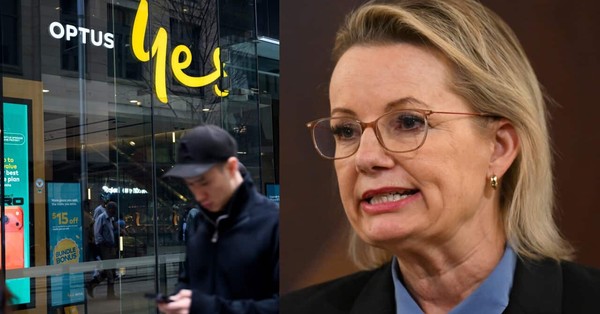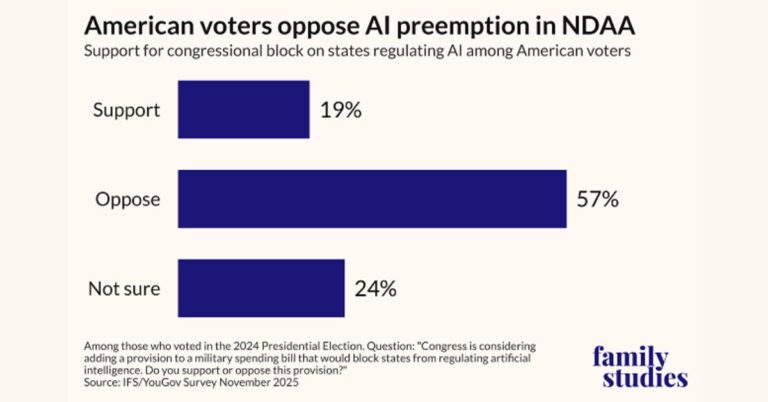Optus under scrutiny after repeat Triple Zero failure
A second emergency call disruption in as many weeks has escalated questions about Optus’ operational controls and the resilience of Australia’s emergency communications ecosystem.
Dapto NSW outage: 4,500 affected and nine 000 failures
Optus reported that a fault tied to a mobile tower in Dapto, Wollongong, left around 4,500 users affected between 3:00 a.m. and 12:20 p.m. on Sunday, with nine Triple Zero attempts failing during that window.
The company said services were restored and apologized to customers, noting one caller in need of an ambulance reached emergency services using another device and that four failed attempts triggered police welfare checks; Optus says those individuals were confirmed safe.
While the scope was geographically contained, the event compounds a pattern that now includes multiple emergency call failures across two weeks.
Fallout from 18 September multi-state Triple Zero outage
Just over a week earlier, Optus disclosed that a scheduled firewall upgrade in South Australia precipitated a wider disruption across SA, WA, NT, and far‑western NSW, with approximately 600 Triple Zero calls blocked from connecting.
CEO Stephen Rue attributed that failure to human error and deviations from standard procedures, amid public and political pressure after reports that not all recommendations from a prior Triple Zero outage review had been implemented.
Parent company Singtel has publicly backed the Optus board and management, while Australia’s communications minister has sought engagement with Singtel leadership as scrutiny increases.
Why emergency communications resilience matters
Repeated emergency call failures undermine public trust and expose systemic weaknesses in how operators design, test, and govern safety-critical services.
Public safety risk and trust erosion in 000 reliability
Emergency calling is the most mission-critical function a carrier provides; even small failure domains can have catastrophic consequences when they block access to Triple Zero.
In Australia, consumers expect that emergency calls should connect regardless of network conditions, including via emergency roaming to another carrier if necessary; any deviation from that expectation damages confidence in the entire ecosystem.
Standards, architecture, and eliminating single points of failure
Emergency session handling across 3GPP networks—spanning radio access, core, IMS elements such as the E‑CSCF, and interconnects to public safety answering points (PSAPs)—is designed to minimize single points of failure.
In practice, configuration drift, firewall policy changes, software upgrades, and insufficient segregation of policy domains can introduce hidden dependencies that surface only under edge conditions.
Technologies such as Advanced Mobile Location (AML), location-based routing, and inter-carrier emergency roaming add complexity and must be validated end‑to‑end to ensure they continue to function when parts of the network are degraded.
Regulatory pressure will reshape operator priorities
The latest incidents are catalyzing calls for deeper investigations and tougher obligations for all providers.
Government and opposition responses to Optus outages
Federal opposition leaders are pushing for an independent inquiry into the Triple Zero ecosystem, while senior ministers have called the repeat incidents disappointing and signaled that Optus will have to answer for both the outages and its response.
The communications minister has engaged with Singtel executives and warned of consequences, framing emergency call reliability as a non-negotiable obligation.
Tougher obligations and audits expected
Operators should anticipate more intrusive audits, stronger change-management requirements for safety-critical elements, and mandated failover testing that includes cross‑carrier emergency roaming scenarios.
Regulators are likely to tighten reporting timelines for emergency incidents, enforce completion of prior recommendations, and require periodic certification of emergency call routing integrity across RAN, core, IMS, and interconnect layers.
What operators should do now to secure 000
Carriers need to treat emergency call handling as a formally governed safety case with engineering, operations, and board‑level oversight.
Design out failure domains in emergency call paths
Harden emergency call paths with geographic and vendor diversity across signaling, SBCs, firewalls, and IMS control; isolate emergency policy domains from general data-plane changes; and use maintenance windows with call drain-down, real‑time guardrails, and immediate rollback plans.
Segment firewall policies for emergency traffic, implement configuration baselining and drift detection, and ensure that changes are subjected to peer review and pre‑production simulation.
Verify emergency call routing end‑to‑end
Deploy continuous synthetic testing for 000/112 from multiple device types, RATs, and locations, validating routing to the Emergency Call Person and PSAPs, AML delivery, and inter‑carrier emergency roaming behavior.
Run periodic black‑start and failover exercises with public safety partners to test real-world recovery, not just lab scenarios.
Governance and transparency for safety‑critical services
Elevate emergency services to a standing board agenda with clear RACI, publish progress against remediation roadmaps, and instrument post‑change monitoring with SLOs specific to emergency call setup success and time to restore.
Adopt blameless postmortems that produce measurable, time‑bound actions tied to incentives and tracked through to closure.
What enterprises and critical infrastructure should do
Organizations with duty-of-care obligations should not assume a single mobile network is sufficient for emergency access.
Multi‑carrier contingency for emergency access
Equip safety-critical sites and staff with multi-carrier or dual‑SIM/eSIM devices, enable Wi‑Fi calling where available, and keep alternative channels—such as satellite or fixed-line endpoints—ready for escalation.
Audit PBX and UCaaS configurations to ensure emergency dialing, location conveyance, and failover paths are correct and tested.
Workforce safety communication plans for outages
Update incident playbooks to include steps for mobile network outages, train employees on alternative dialing options (including 112), and validate that location services function during fallback scenarios.
What to watch next on Optus and 000 reliability
Near-term disclosures and policy moves will signal how quickly the industry can close gaps and restore confidence.
Key milestones to monitor
Look for Optus’ root-cause analysis and time‑bound remediation plan for both the Dapto incident and the earlier multi‑state outage, potential enforcement actions or audits from regulators, and cross‑industry failover tests that include inter‑carrier roaming for emergency calls.
Also watch for governance changes or leadership updates at Optus and its parent, and whether industry bodies move to codify stricter operational standards for emergency services across mobile core and IMS infrastructures.








































